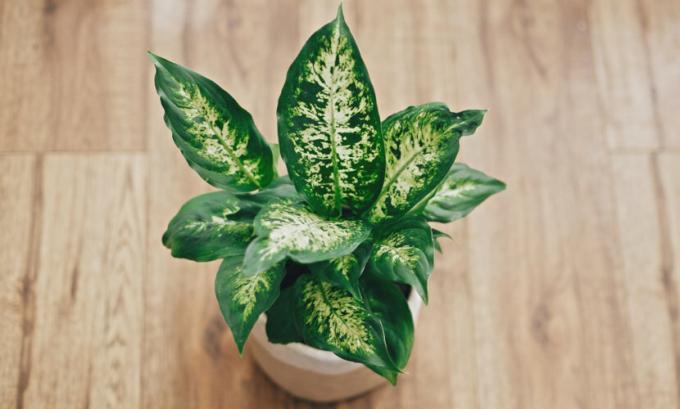toxic plants are plant species that have compounds that can be harmful to humans and other animals. They are often found in gardens and parks, as many are extremely beautiful, being used in large quantities as ornaments.
ingestion of plants Toxic substances can cause serious harm to a person's health, and may even lead to death. However, it is not just ingestion that causes damage, inhalation or even contact with these plants can be harmful. Therefore, it is important that we know these plants and we teach about them to other people, especially children, one of the groups that suffer most from this type of intoxication.
Read too: Is it dangerous to sleep with plants in the bedroom?
Toxic plants and the importance of this toxicity for the plant

Toxic plants have compounds that can cause poisoning in animals and humans. A toxic plant, when ingested, can, for example, cause vomiting, diarrhea and headaches.
However, have you ever wondered
what is the advantage for the vegetable by causing this frame in animals? The answer is quite simple. As we know, many animals feed on plants. When the plant produces these compounds that cause unpleasant reactions, it is defending itself. These substances that cause intoxication are therefore a chemical defense that reduces the action of herbivorous animals.What can a toxic plant cause?

There are several known toxic plants, and the substances they produce cause different symptoms. Some species, when ingested, can cause nausea, vomiting, abdominal cramps, severe diarrhea, dizziness, burning in the mouth, intense salivation, swelling of the lips, difficulty in swallowing, choking and tachycardia. Some species can even cause hallucinations and death.
Certain toxic plants do not need to be ingested to cause negative effects. Some of them, in contact with the eyes, can cause, for example, corneal damage, impaired vision and irritation. In contact with the skin, there are species that cause redness, itching, blistering and swelling.
What to do in case of plant poisoning?
Toxic plants can cause a series of unpleasant symptoms and even lead to death if the correct care is not carried out. When you realize you are facing a case of intoxication, quickly seek medical help, preferably taking a part of the plant that caused the intoxication. It is important not to induce vomiting or give the victim liquid or milk.
Read more: First aid - care provided early in an emergency and that can save a life
Examples of well-known toxic plants

Many toxic plants are part of everyday life and are often found in gardens. Here are some well-known toxic plants:
Nobody can with me
THE with me-nobody-he can it is among the plants that most cause poisoning in people and pets. When ingested, it causes great irritation, a burning sensation and swelling in the lips, mouth and tongue. Swelling can cause difficulty in swallowing and even obstruction of the airways. In addition, the ingestion of me-no-one-can can cause nausea, vomiting and profuse salivation. In contact with eyes, it can cause injuries.
Glass of milk
The glass of milk is a plant that also presents toxicity. It has calcium oxalate, which is also present in me-nobody-can. In this way, the symptoms caused by ingesting the two species are similar — swelling of the lips, mouth, and tongue, burning sensation, profuse salivation, difficulty breathing and swallowing, nausea and vomiting. Eye contact can also cause injury and irritation.
Oleander
The oleander is a toxic plant often used as an ornament, as it has beautiful flowers. The plant has several toxins and, when ingested, can cause nausea, vomiting, dizziness, changes in heart rate, seizures and even death. Ingesting any part of this plant can be fatal. Ingesting a single leaf may be enough to kill a child.
Trumpet
The trumpet, also known as the white skirt, is responsible for causing intoxication in individuals who are not aware of its toxicity and also in those who seek its hallucinogenic effect. After ingestion, the person may experience dry mouth, dilated pupil, tachycardia, mental confusion, agitation, and hallucination. When ingested in excess, it can cause coma and even death.
Read more: Why are flowers colorful and fragrant?
Preventive measures against plant poisoning

To prevent plant poisoning, some important tips should be followed:
- Avoid leaving toxic plants in places that are easily accessible to children and other animals.
- Before purchasing a plant, try to know its characteristics and the health risks it can cause.
- Teach people who frequent your home about the toxic plants you have.
- Be extra careful with plants that release latex, they often cause irritation in the skin and mucous membranes.
- Advise children not to play with plants, especially those known to be toxic.
- Do not ingest plants that you do not know or have no information about toxicity.
- Do not prepare homemade teas or medicines without guidance.
